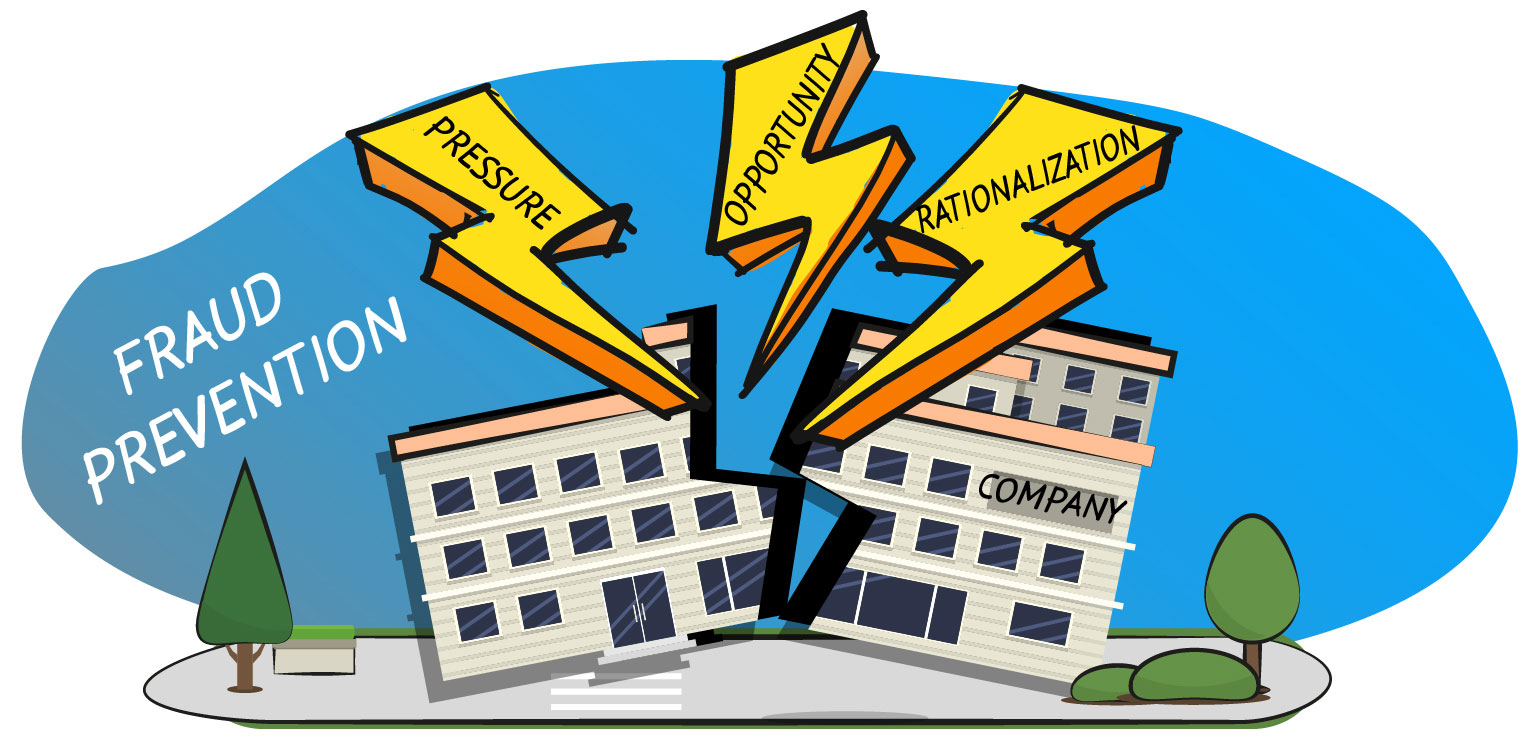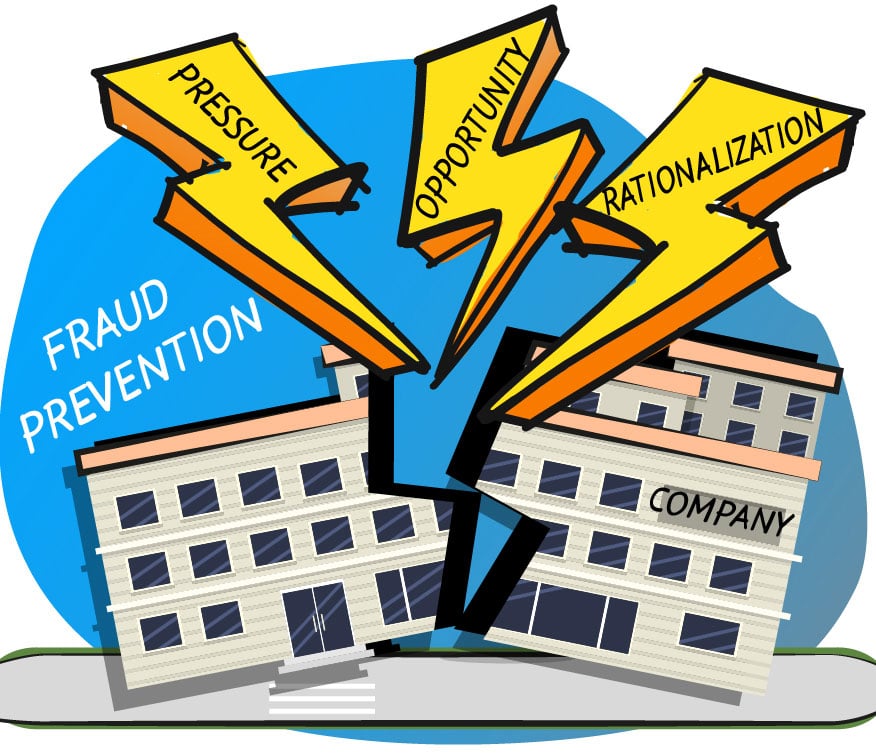Fraud Prevention in Business
If most people were asked if stealing is wrong, they would answer “Yes”. In spite of this, organizations all over the world lose about 4 billion dollars to fraud on an annual basis. These include schemes like pyramid schemes, embezzlement, and false insurance claims. The people that commit fraud are not cut from a different cloth, but rather simply find themselves in a position that not only tempt them to commit fraud but also believe that they haven’t engaged in anything immoral at all. In fact, there are three conditions that render an act of fraud likely, which business fraud prevention aims to diminish: pressure, opportunity, and rationalization.


Fraud Prevention in Accounting
There are different fields in detecting fraud in organizations to look keep an eye on. How to prevent frauds in business is an ever-evolving concern that must be kept up with. For instance, the detection and prevention of frauds in accounting must entail that the person in charge of the records does not overexaggerate the amount of expenses incurred or underreport the company’s income as well as lie about inventory. What aids in fraud awareness and prevention in accounting, is effective screening processes and extensive background techniques.
Fraud in E-Commerce
Fraud remains a significant threat to the e-commerce ecosystem’s existence, rendering e-commerce fraud protection a major priority vendors and retailors cannot do without as scammers come up with ever newer scams on a yearly basis. This most often occurs in the form of impersonating other people, such as phishing and account theft. Credit cards and other physical media are of great value to criminals in that respect. Pharming is a new method scammers use to send people to fraudulent websites or a dummy backend. Another practice of fraudsters is “clean fraud” as well, which is fraud performed with a careful analysis of their victim’s e-commerce fraud prevention system in order to avoid triggering it. How to prevent frauds in business is becoming an ever more intricate task.
GET A FREE TRIAL: TAKE FIRST STEP TO FRAUD PREVENTION
How to Prevent Internal Fraud in Banks
You may not know that banks lose up to 15% of their profits to fraud. The biggest reason for this is impersonation. Criminals sometimes come in and take loans using forged documents. Fraud prevention in banks frequently strives to protect senior citizens, a common victim in such scams, with 1 in 5 of them at some point becoming a victim and an average loss of over 100,000 dollars. Usually this is done by these individuals providing their information on their own free will, who sometimes believe that their loved ones are in danger.
Intelligent financial fraud detection employs algorithms and AI in order to teach itself to learn probabilities of patterns as well as popular recent trends in fraud without frequently inconveniencing individuals in situations as false alarms. The best financial fraud detection software helps a company devise a clearly instructed policy, assess fraud risk exposure, establish control activities, and install fraud detection controls.
SearchInform uses four types of cookies as described below. You can decide which categories of cookies you wish to accept to improve your experience on our website. To learn more about the cookies we use on our site, please read our Cookie Policy.
Necessary Cookies
Always active. These cookies are essential to our website working effectively.
Cookies does not collect personal information. You can disable the cookie files
record
on the Internet Settings tab in your browser.
Functional Cookies
These cookies allow SearchInform to provide enhanced functionality and personalization, such as remembering the language you choose to interact with the website.
Performance Cookies
These cookies enable SearchInform to understand what information is the most valuable to you, so we can improve our services and website.
Third-party Cookies
These cookies are created by other resources to allow our website to embed content from other websites, for example, images, ads, and text.
Please enable Functional Cookies
You have disabled the Functional Cookies.
To complete the form and get in touch with us, you need to enable Functional Cookies.
Otherwise the form cannot be sent to us.

Subscribe to our newsletter and receive a bright and useful tutorial Explaining Information Security in 4 steps!

Subscribe to our newsletter and receive case studies in comics!